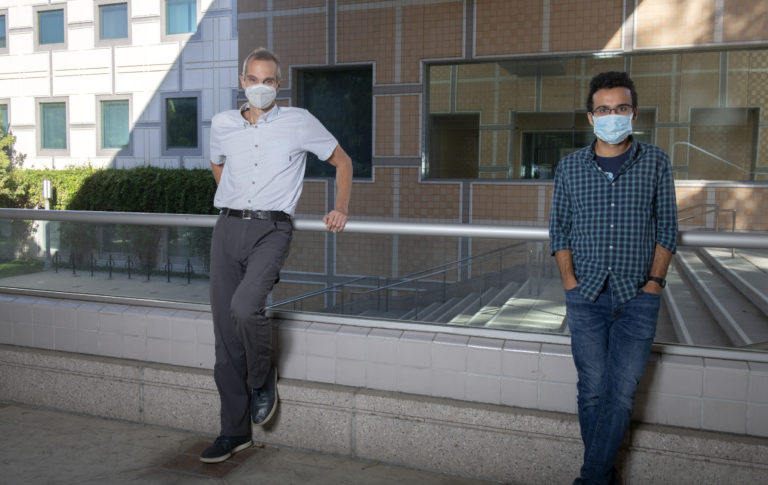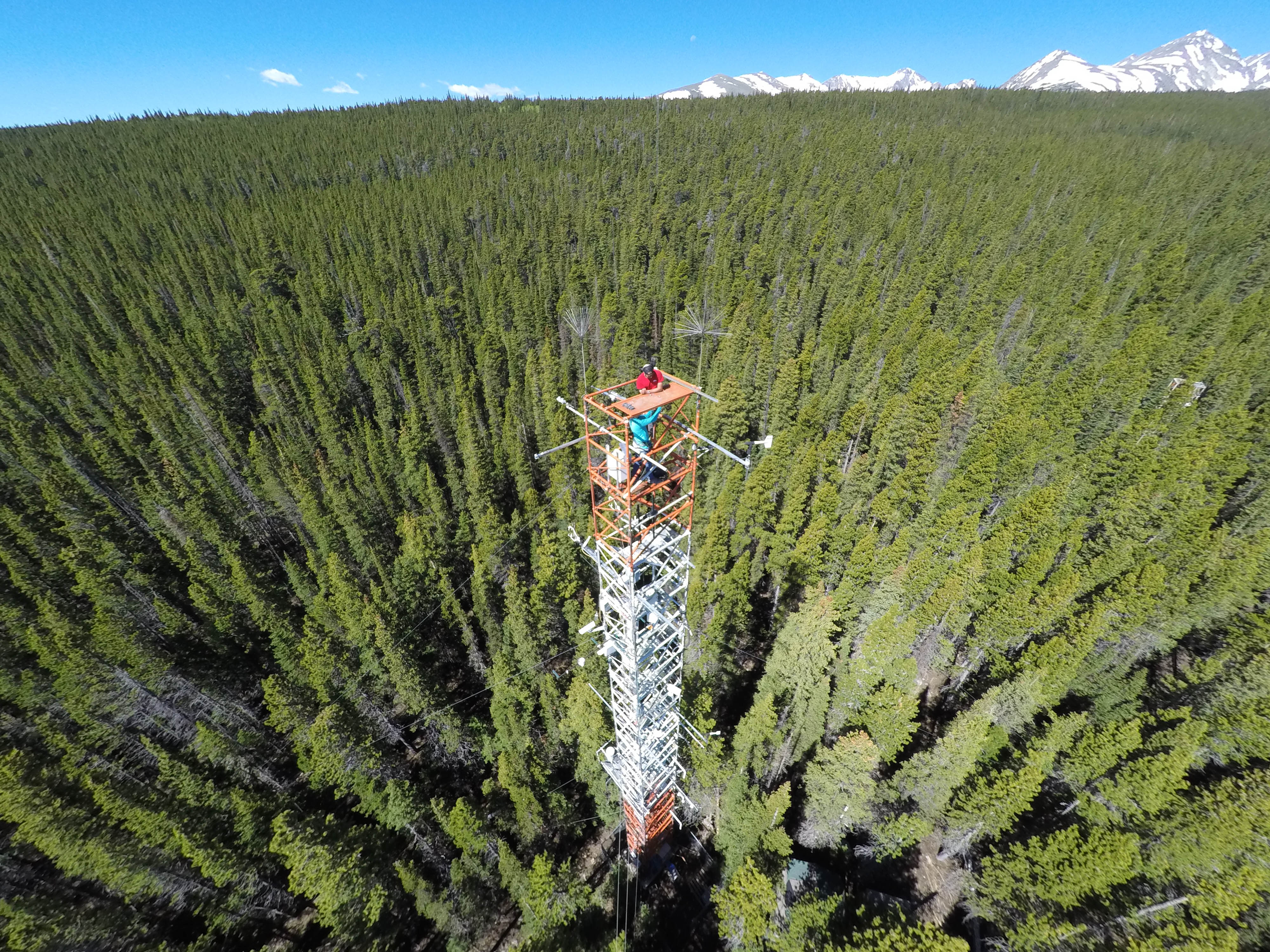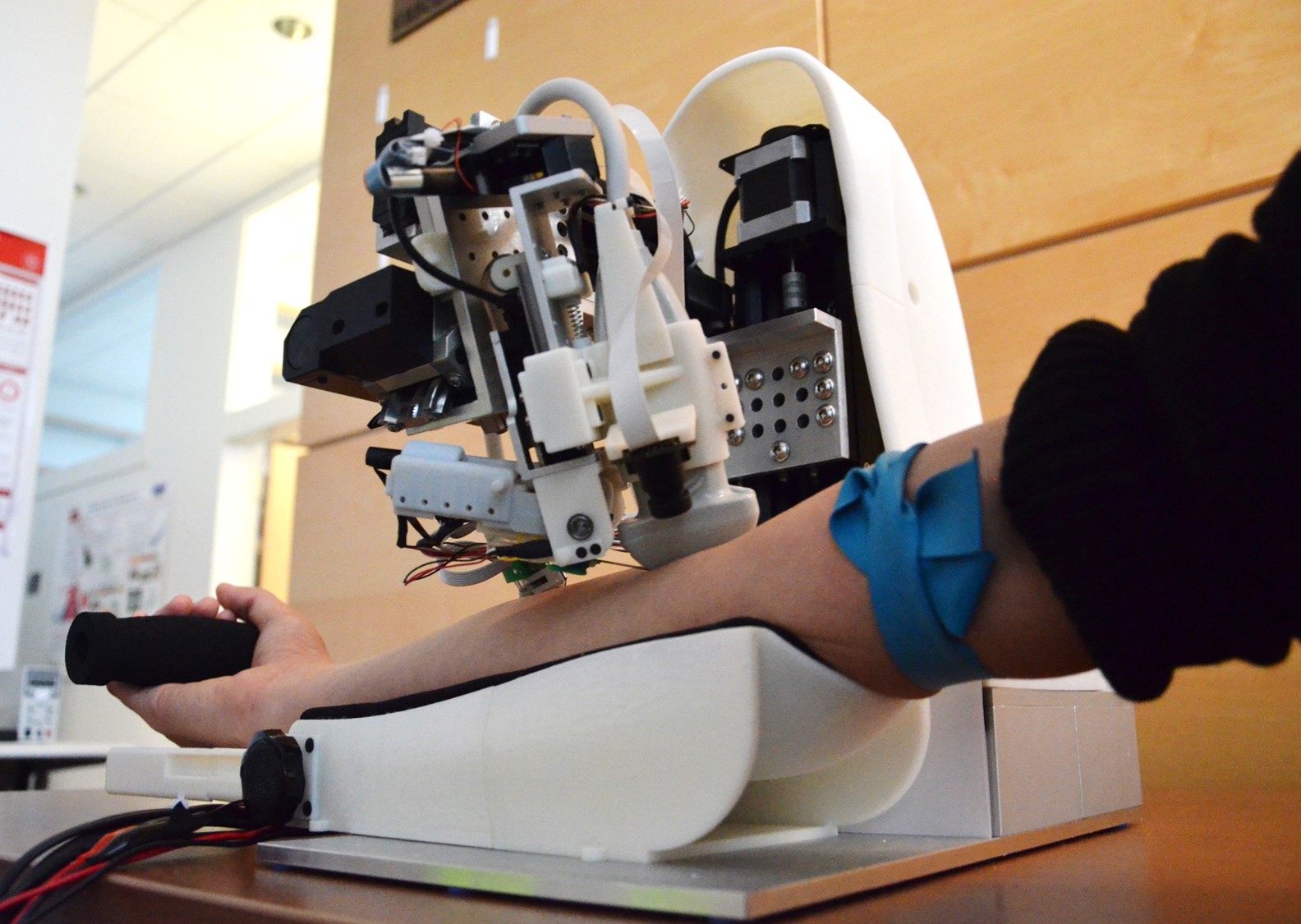A team of University of Georgia researchers has created a model to help land developers and public officials identify the land that is best suited for conservation. Led by Fabio Jose Benez-Secanho, a former UGA graduate student, and Puneet Dwivedi, associate professor in the Warnell School of Forestry and Natural Resources, this first-of-its-kind algorithm considers a variety of factors not included in other models when calculating the value of land for conservation.
Tag: Models
Police Training Needs Urgent Reforms, New Report from American University Reveals
The instructional models that are used to train police officers across the U.S. are in many cases antiquated, inadequate, and in critical need of immediate transformation, according to a new report by American University’s School of Public Affairs.

UCI-led study offers new approach for more accurate epidemic modeling
Irvine, Calif., Dec. 8, 2020 — A new class of epidemiological models based on alternative thinking about how contagions propagate, particularly in the early phases of a pandemic, provide a blueprint for more accurate epidemic modeling and improved disease spread predictions and responses, according to a study published recently in Scientific Reports by researchers at the University of California, Irvine and other institutions.

How to Get a Handle on Carbon Dioxide Uptake by Plants
How much carbon dioxide, a pivotal greenhouse gas behind global warming, is absorbed by plants on land? It’s a deceptively complicated question, so a Rutgers-led group of scientists recommends combining two cutting-edge tools to help answer the crucial climate change-related question.
Evaluating the effectiveness of travel bans
A new study sheds light on how COVID-19 spreads regionally and between countries, as well as on how effective governmental measures to curb the spread of the pandemic have been to date.
A Faster Way To Replace Inaccurate Information On Social Networks
Researchers have demonstrated a new model of how competing pieces of information spread in online social networks and the Internet of Things. The findings may be used to disseminate accurate information more quickly, displacing false information on anything from computer security to public health.

Robot Uses Artificial Intelligence and Imaging to Draw Blood
Rutgers engineers have created a tabletop device that combines a robot, artificial intelligence and near-infrared and ultrasound imaging to draw blood or insert catheters to deliver fluids and drugs. Their research results, published in the journal Nature Machine Intelligence, suggest that autonomous systems like the image-guided robotic device could outperform people on some complex medical tasks.
Sharing data for improved forest protection and monitoring
Although the mapping of aboveground biomass is now possible with satellite remote sensing, these maps still have to be calibrated and validated using on-site data gathered by researchers across the world. A newly established global database will support Earth Observation and encourage investment in relevant field-based measurements and research.
Mechanisms of Chronic Fialuridine Hepatotoxicity; Comparison of Models for Predicting Cardiotoxicity in Humans; and More Featured in October 2019 Toxicological Sciences
Papers on the epigenetic changes to mouse livers induced by a specific ligand and prenatal dexamethasone exposure-induced alterations in neurobehavior in female rat offspring are featured in latest issue of Toxicological Sciences.